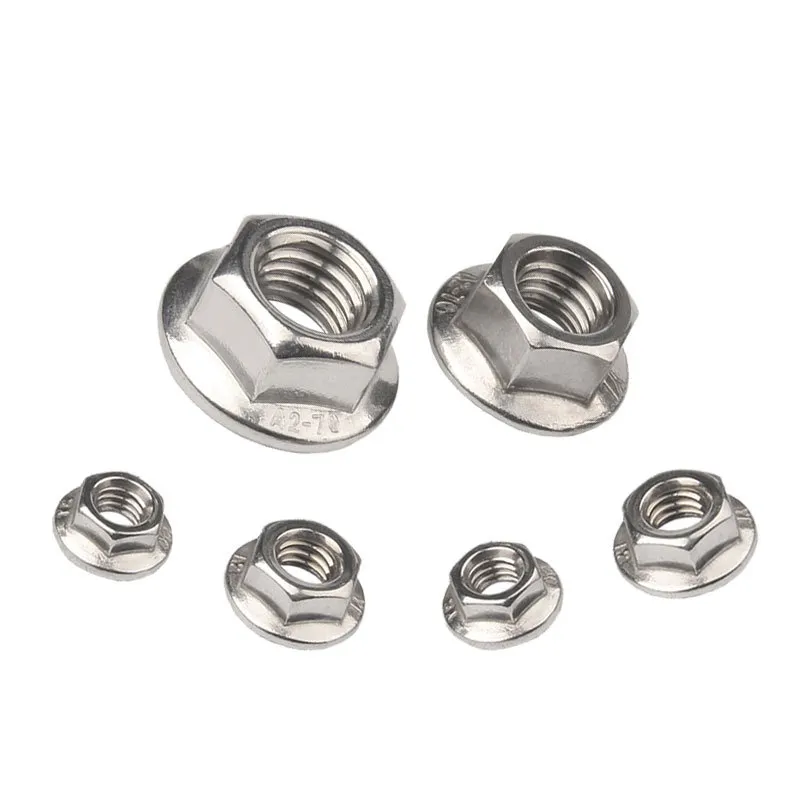

Self-Drilling Shoulder Screws for Efficient and Reliable Fastening Solutions
Dec . 17, 2024 21:04 Back to list
Self-Drilling Shoulder Screws for Efficient and Reliable Fastening Solutions
Understanding Self-Tapping Shoulder Screws A Comprehensive Overview
Self-tapping shoulder screws are specialized fasteners that play a vital role in various industries, including automotive, construction, and electronics. These innovative components are designed to simplify assembly processes by allowing for secure attachment without the need for pre-drilled holes or additional nuts. In this article, we will explore the features, benefits, applications, and best practices associated with self-tapping shoulder screws.
What Are Self-Tapping Shoulder Screws?
Self-tapping shoulder screws are fasteners characterized by their unique design, which includes a shoulder that provides a bearing surface and aids in load distribution. The screw's threaded portion is engineered to cut its own thread into the material during installation, eliminating the need for pre-tapping. This feature is particularly advantageous when working with softer materials like plastics or thin metals, as it minimizes the risk of damaging the substrate.
Features and Benefits
1. Self-Tapping Design One of the most significant advantages of self-tapping shoulder screws is their ability to create their own threads as they are driven into the substrate. This feature saves time and labor, reducing the overall cost of assembly.
2. Shoulder Provides Load Distribution The shoulder of the screw enhances its load-bearing capacity. This is especially important in applications where the fastener will be subjected to significant torque or shear forces.
3. Versatility Self-tapping shoulder screws are available in various materials, including stainless steel, zinc-plated steel, and plastic. This allows engineers to choose a fastener that suits their specific environment, whether it be corrosive, high-temperature, or high-stress conditions.
4. Ease of Use The installation process is straightforward, requiring only a power drill or screwdriver. Users can quickly and efficiently attach components, making them ideal for assembly line production and field applications.
5. Reduced Need for Additional Hardware Since these screws can create threads, there is often no need for nuts or additional fastening hardware, further reducing part counts and simplifying inventory management.
Applications
self tapping shoulder screw

Self-tapping shoulder screws are utilized in a variety of applications across different fields. Common uses include
- Electronics In the electronic industry, self-tapping shoulder screws are employed to secure circuit boards, metal housing, and other components. Their ability to penetrate lightweight materials makes them particularly useful in this sector.
- Automotive In automotive assemblies, these screws are used to attach panels, securing components where space constraints limit the use of traditional fasteners.
- Furniture Many furniture manufacturers use self-tapping shoulder screws for quick and easy assembly, allowing consumers to put together items without the need for specialized tools.
Best Practices for Use
To ensure optimal performance and longevity of self-tapping shoulder screws, consider the following best practices
1. Surface Preparation Ensure that the surface where the screw will be installed is clean and free of debris. This will enhance the screw's ability to penetrate and create secure threads.
2. Proper Torque Be mindful of the torque applied during installation. Over-torquing can lead to stripping the threads, while under-torquing may result in inadequate fastening.
3. Material Compatibility Select a screw made from a material that is compatible with the substrate to prevent galvanic corrosion and ensure a strong connection.
4. Pilot Holes In certain applications, especially with harder materials, creating a pilot hole may enhance the screw’s effectiveness and ease of installation.
In conclusion, self-tapping shoulder screws are invaluable components in modern manufacturing and assembly processes. Their unique design, coupled with ease of use and versatility, makes them a preferred choice for a wide range of applications. By understanding their features, benefits, and best practices, engineers and manufacturers can significantly enhance efficiency and reliability in their projects.
Latest news
-
High-Strength Hot-Dip Galvanized Bolts-Hebei Longze|Corrosion Resistance&High Strength
NewsJul.30,2025
-
Hot Dip Galvanized Bolts-Hebei Longze|Corrosion Resistance&High Strength
NewsJul.30,2025
-
Hot Dip Galvanized Bolts - Hebei Longze | Corrosion Resistance, High Strength
NewsJul.30,2025
-
High-Strength Hot Dip Galvanized Bolts-Hebei Longze|Corrosion Resistance, Grade 8.8
NewsJul.30,2025
-
Hot Dip Galvanized Bolts-Hebei Longze|Corrosion Resistance,High Strength
NewsJul.29,2025
-
High-Strength Hot Dip Galvanized Bolts - Hebei Longze Metal Products Manufacturing Co., Ltd.|corrosion resistance&high strength
NewsJul.29,2025

